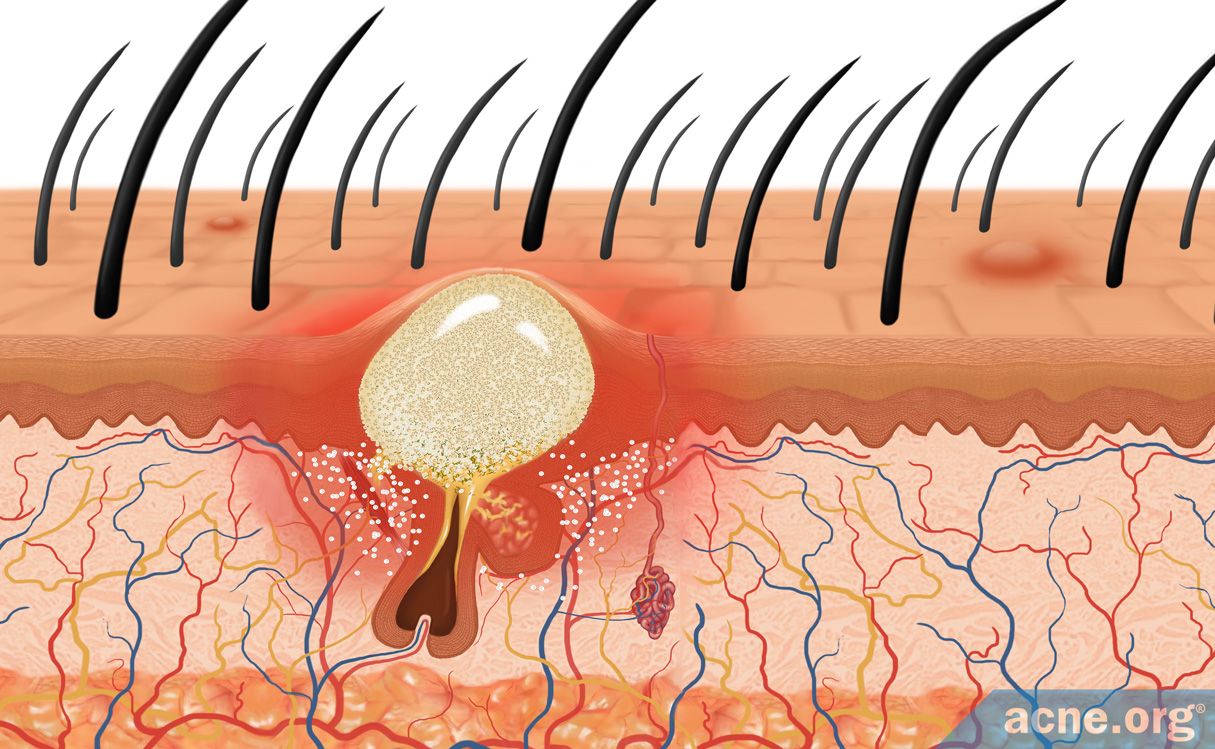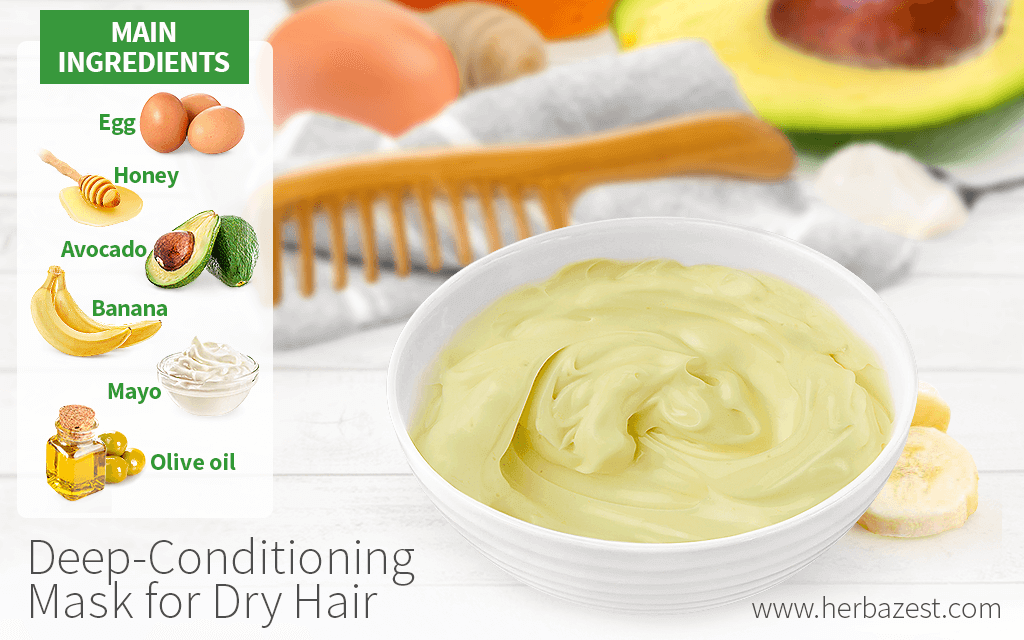Table Of Content

Folliculitis is a skin infection caused by damage to your hair follicles. This infection can result in raised red bumps that look similar to acne pustules. Other symptoms include pain, stinging, and pus drainage from the site of the infection. When you squeeze a pimple, you can drive the pus, dead skin cells, and excess oil deeper into the pore. This can make the blemish irritated, painful, and more obvious. Popping pimples can also cause an infection from bacteria on the fingers or permanent scars.
Should you be exfoliating your scalp?
7 of the best scalp acne shampoos - Medical News Today
7 of the best scalp acne shampoos.
Posted: Mon, 07 Feb 2022 08:00:00 GMT [source]
These dermatologists' tips tell you how to protect your skin. Using a special shampoo can often relieve symptoms of dandruff. In extreme cases of dandruff, your doctor may need to give you a prescription for a specialty shampoo. By Angela PalmerAngela Palmer is a licensed esthetician specializing in acne treatment.
Dissecting cellulitis of the scalp
Like any other kind of acne, they can be caused by bacteria, hormones, or clogged pores. Buildup from shampoo or hairspray can also cause scalp acne. In most cases, the main symptom of folliculitis is red bumps that look like pimples on your skin. These could also look like they’re white-filled bumps or they could be filled with pus (pustules). Many people feel the need to scratch when they have folliculitis.
Folliculitis causes
Are shampoos and conditioners causing your skin to break out? Here’s what to watch for - Miami Herald
Are shampoos and conditioners causing your skin to break out? Here’s what to watch for.
Posted: Wed, 19 Oct 2022 07:00:00 GMT [source]
Often, the thing that causes the condition is one of the biggest factors that sets each type of folliculitis apart. Location can also play a role — where you experience this condition on your body can change depending on what type of folliculitis you have. Bacterial acne causes whiteheads with a red ring around the bump known as pustules. Most acne is caused by bacteria trapped in the pores. For moderate to severe breakouts, antibiotics may be prescribed. If scalp acne develops consistently, wash the hair more thoroughly and try hypoallergenic hair products.
Reducing scalp irritation may help decrease cases of scalp acne. As you continue to treat your acne, be sure to be gentle when massaging your scalp. Avoid scrubbing with your fingernails as this can irritate the skin and open wounds. It’s important not to pick at acne as this could create deeper scarring. Answers represent the opinions of our medical experts. All content is strictly informational and should not be considered medical advice.
Skin cancer
It is typically not a cause for concern and will clear independently. However, folliculitis can result in painful skin inflammation, sores, and pimple-like bumps. In severe cases, healthcare professionals may recommend light therapy or photodynamic therapy to treat folliculitis. This type of treatment can help improve symptoms of deep folliculitis.
Symptoms of Scalp Acne
If you’re experiencing other symptoms like a fever or cough, you should visit a doctor to make sure you don’t have a more serious condition. It’s unlikely that your red bump is anything other than a pimple, but there’s a possibility. If the red bump doesn’t go away or your conditions worsen, be sure to take note of symptoms that may be signs of another condition. Pimples can appear on your face, back, chest, arms, and, yes — even in your hairline. Hairline pimples can be an issue when you’re brushing or styling your hair. AKN does not currently have a cure, but symptoms can be managed, and treatment can help prevent the condition from worsening.

When to contact a professional
Remember to wash your hair after working out, wearing headgear, or other possible activities that caused sweating. Keeping your sleeping area clean, including changing your pillowcases and taking off makeup (to prevent acne along the hairline) may help too. Your healthcare provider will help you determine the cause of the pimples on your scalp to treat them. Sometimes you can get severe forms of acne that can affect your scalp called acne conglobata and acne fulminans. To help reduce the risk of folliculitis, a person should treat their underlying conditions.
Nodular and cystic acne can be treated with cortisone injections. Cortisone, an anti-inflammatory medication, helps reduce the redness, swelling, and pain of severe inflammatory acne breakouts. Topical combination medications are also prescribed for treating acne. These can include any combination of antibiotics, benzoyl peroxide, retinoids, or salicylic acid.
If your pimple does not respond to acne treatment or seems like it could be something else, contact your doctor. You can treat a pimple on your scalp with many over-the-counter (OTC) products. But visit your doctor if the pimple lingers or you suspect it might be something else.
An occasional painful scalp pimple can form due to a clogged pore or inflamed hair follicle, but multiple or chronic painful scalp pimples may signal a different problem. Folliculitis is often caused when hair follicles are infected with bacteria, commonly Staphylococcus aureus (staph). It may also be caused by viruses, fungi, parasites, medications or physical injury.
Without proper treatment, AKN can cause scarring that leads to hair loss. The scars can also cause ingrown hairs or tufted hairs (several hairs growing out of one hair follicle) to occur near the edge of the scars. Folliculitis is a common skin condition that happens when hair follicles become inflamed. At first it may look like small pimples around the tiny pockets from where each hair grows (hair follicles). Clogged pores often cause pimples on the scalp or scalp acne. Keeping the hair and scalp clean and using medicated shampoos can help treat the condition.
Unlike the other bumps or blemishes described above, lumps caused by skin cancer continue to change shape and size. Contact dermatitis occurs when the skin comes into contact with an allergen or irritant. Adults with this chronic form of eczema on the scalp may notice color changes such as skin discoloration, as well as swelling and greasy scaling. The good news is that there are measures you can take to help your pimples heal. Treating pimples takes time, but you can speed up the process with a few tips.
A carbuncle is a cluster of boils painful, pus-filled bumps that form a connected area of infection under the skin. A person may wish to speak with a dermatologist to find out the best hair care routine for their skin. A person may need a topical, medicated treatment for their scalp acne. Scalp acne refers to the pimples and breakouts that develop on the scalp or hairline. One review of diet and acne suggests that what you eat can affect oil production, inflammation, and acne. The American Academy of Dermatology doesn’t recommend focusing on diet as your only treatment.

No comments:
Post a Comment